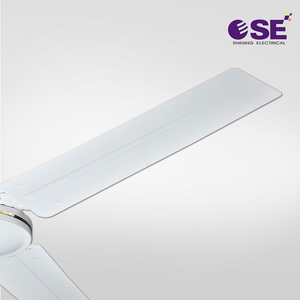Tüm kategoriler
Öne çıkan seçimler
Sipariş korumaları
Alıcı Merkezi
Başlayın
Ticaret hizmetleri
Yardım Merkezi
Uygulamayı indirin
Alibaba.com uygulamasını indirin
Alibaba.com uygulamasıyla her zaman, her yerde ürün bulun, tedarikçilerle iletişime geçin ve siparişlerinizi yönetip ödeme yapın.
Daha fazla bilgi edinin




























































































































































































































































 浙公网安备 33010002000092号
浙公网安备 33010002000092号 浙B2-20120091-4
浙B2-20120091-4